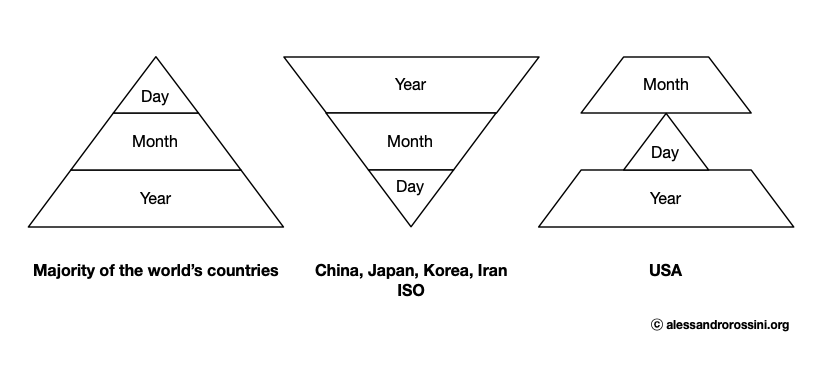A few of you noticed that I disappeared from Facebook, and asked me if everything is fine with me. Let me start by reassuring that everything is fine with my loved ones and me, both in Norway and Italy. That said, the reason why I deleted my Facebook account is that I cannot stand the disinformation and divisiveness on my feed anymore.
The Covid-19 pandemic has led to a new wave of conspiracy theories: from 5G antennas transmitting the virus via radio waves, to Bill Gates having engineered Covid-19, to the evergreen new world order orchestrating all of this. The echoes of the Brexit referendum and the last U.S. presidential elections are not hard to spot. It is the pitting of “skepticism” against “experts,” and of “people” against “elite.”
While conspiracy theories have long existed, Facebook and other social media have accelerated their circulation. Moderating content after it is shared thousands of times is insufficient. Curating knowledge before it is shared is just as crucial to contain disinformation. But the tech giant is failing at it spectacularly.
In 2016, Cambridge Analytica illicitly harvested data to produce the political profile of millions of Facebook users and target them with fear-mongering ads based on lies. As Facebook’s design fosters echo chambers—where outside views are discredited—these ads were remarkably effective.
As Carole Cadwalladr put it: Maybe you think, “Well, it was just a few ads. And people are smarter than that, right?” To which I would say, “Good luck with that.” The Brexit referendum and the last U.S. presidential election have already demonstrated that liberal democracy is broken.
I was naïve enough to hope that the Covid-19 pandemic would restore some trust in reliable, fact-based sources of information. I could not be more wrong.
A growing number of people experience a sense of lack of control in their lives (e.g., long-term unemployment), and share conspiracy theories to gain a compensatory illusion of control. Detecting patterns where there are, in fact, none at least leaves this possibility open.
Unfortunately, in a post-truth society that is based more on collective- than individual identities, conspiracy theories spread like wildfire because they serve as weapons in a tribal war.
Facebook has known about this for a while. “Our algorithms exploit the human brain’s attraction to divisiveness,” read a slide from a 2018 presentation. “If left unchecked,” Facebook would feed users “more and more divisive content to gain user attention and increase time on the platform.” Nevertheless, Facebook shut down the efforts to make the site less divisive.
Four years after the Cambridge Analytica scandal, and six months after the start of the Covid-19 pandemic, very little has changed. Despite multinational companies now pulling ads from Facebook over inaction on hate speech, the tech giant is still doing too little to prevent disinformation and divisiveness. And what many people do not seem to understand is that this is bigger than any of us.
The president of the most powerful country in the world is an anti-intellectual who suggests curing Covid-19 with disinfectant injections and brags about his “tremendous job” in handling the pandemic, despite the U.S. topping all charts about infections and deaths. The silly movie Idiocracy from 2006 does not seem so unrealistic anymore. Before you realize it, another representative of the Dunning–Kruger effect could be in charge of your country.
Now, if this doesn’t scare you, I don’t know what will.
Stopping using Facebook will not help fighting disinformation and divisiveness. Quite the contrary. But at least I will avoid everyday frustrations and invest my time more wisely.
Feel free to contact me on iMessage and Signal.
Stay safe and have a great summer!
Alessandro

